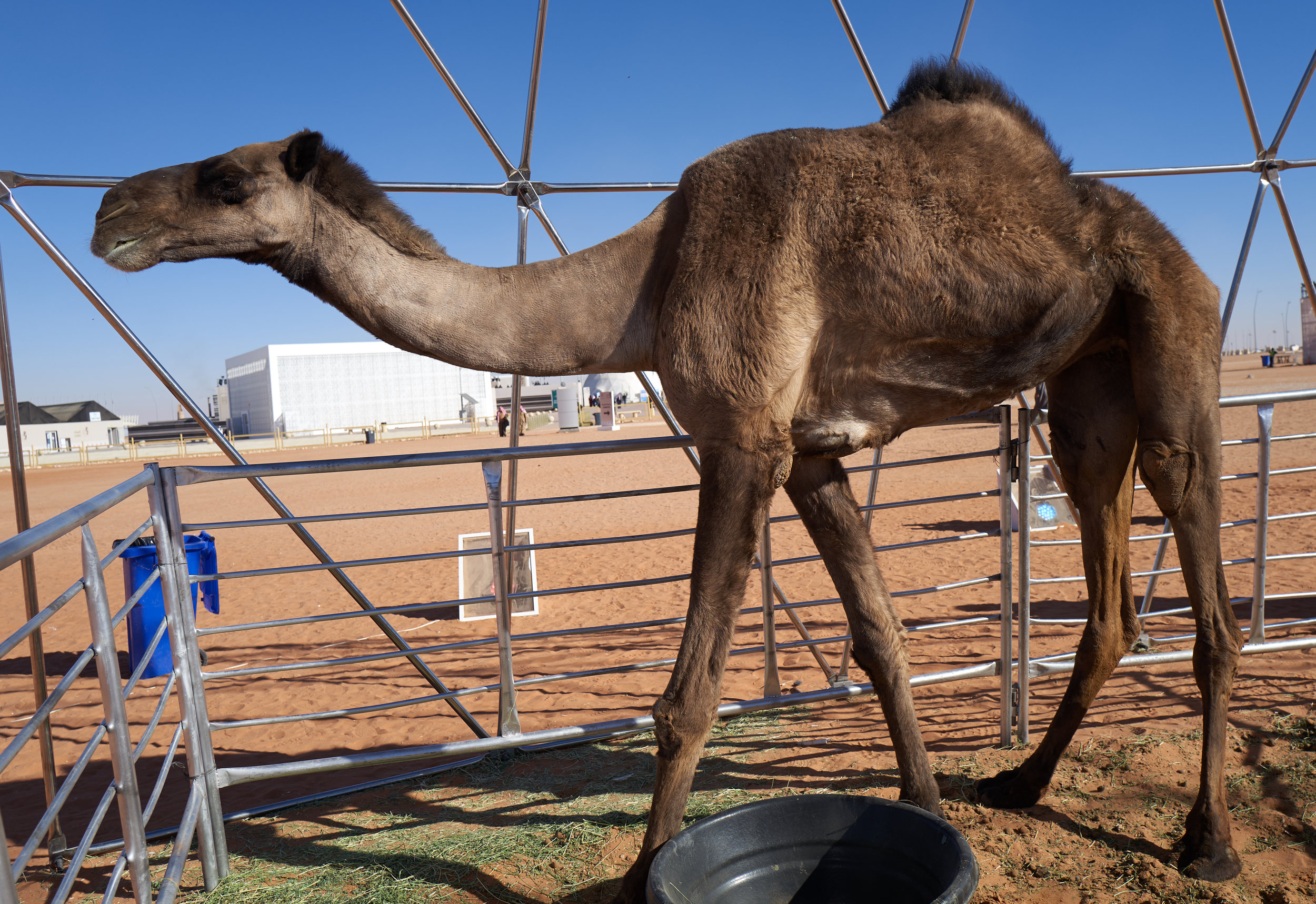Lonley Planet describes Saudi Arabia as the last frontier of tourism. It’s the birthplace and spiritual home of Islam. Steeped in symbolism, Saudi is also rich in attractions such as Mada'in Saleh, which is Petra without the crowds. The Holy city of Mecca draws some 15 million pilgrims a year so to say that Saudi Arabia doesn’t have significant numbers of foreign visitors isn’t correct. With the launch 2 years ago of Vision 2030, the Kingdom is now turning its attention to growing tourism to the country’s many historic sites and burgeoning events schedule. Next month Formula E comes to Riyadh and to facilitate getting fans to the event, there is a dedicated website for attendees to apply for visas, book accommodation and travel.
The Embodiment of Arabic History
Camels are a fairly common sight outside the major cities in Saudi. They are often seen strolling beside major roadways, never in a hurry but always in motion. Like anything you see regularly, they become just another piece of the landscape, unnoticed, almost invisible. I asked a Saudi friend about the adverts for the Royal Camel Festival I had seen, and he said go. Sponsored by the King, the event is a major event in the Kingdom. I grew up in a fairly rural area, we attended livestock shows regularly they reflected the way local communities had made a living for several hundred years culminating in the awarding of the top prize to the shows best cow. To someone who lives in an air-conditioned house and gets everywhere in a car, you could imagine these shows would seem foreign and out of place. And yet, It’s not unusual for communities and countries to celebrate those things which supported livelihoods not to mention life. In that context; a Camel festival made a great deal of sense.
The festival is in a national park about 45 minutes from the capital Riyadh. For several miles before you arrive, the festival grounds are visible. They are vast.. Because of the central role in Arabic life the camel has held, the festival is a celebration of Saudi history and culture through the lens of the ship of the desert. It’s hard to understand the extent to which the peoples of the Arabian peninsula depended on the Camel for much of their daily needs and survival but the festival goes into great detail on the reasons they are and the benefits the brings to the peoples of Arabia..
World’s Tallest Camel
The emphasis is on Camels understandably; from camel races to camel beauty shows. The later might sound strange to someone not familiar with the camel, but it is a serious business here with individual camels selling northward of $8 million. The festival is a family affair, and everywhere we went on the grounds people would ask where we were from and expressed their gratitude that we would take time to visit. In the back of the festival grounds was a pen which held the worlds tallest camel. He was a lanky fellow much visited by the children
The Saudi people are very warm and inviting and embrace this new drive to increase tourism into the Kingdom. My advice is go now and beat the crowds. From the beautiful seaside town of Jeddah to the ruins at Mada'in Saleh, not to mention the annual Camel festival, Saudi Arabia has a wealth of history on display.


